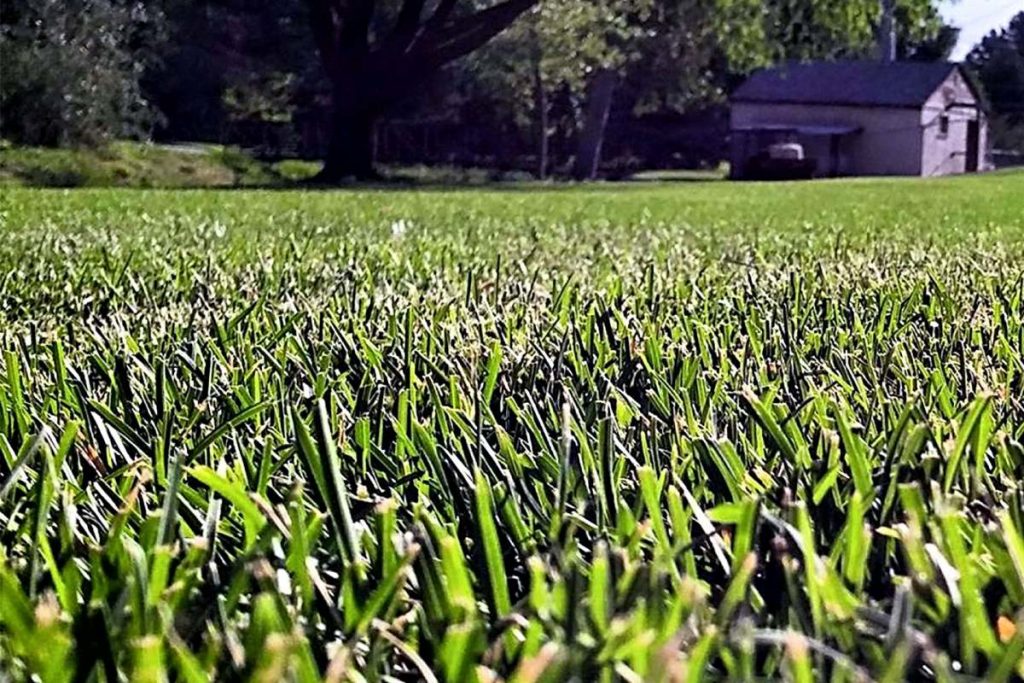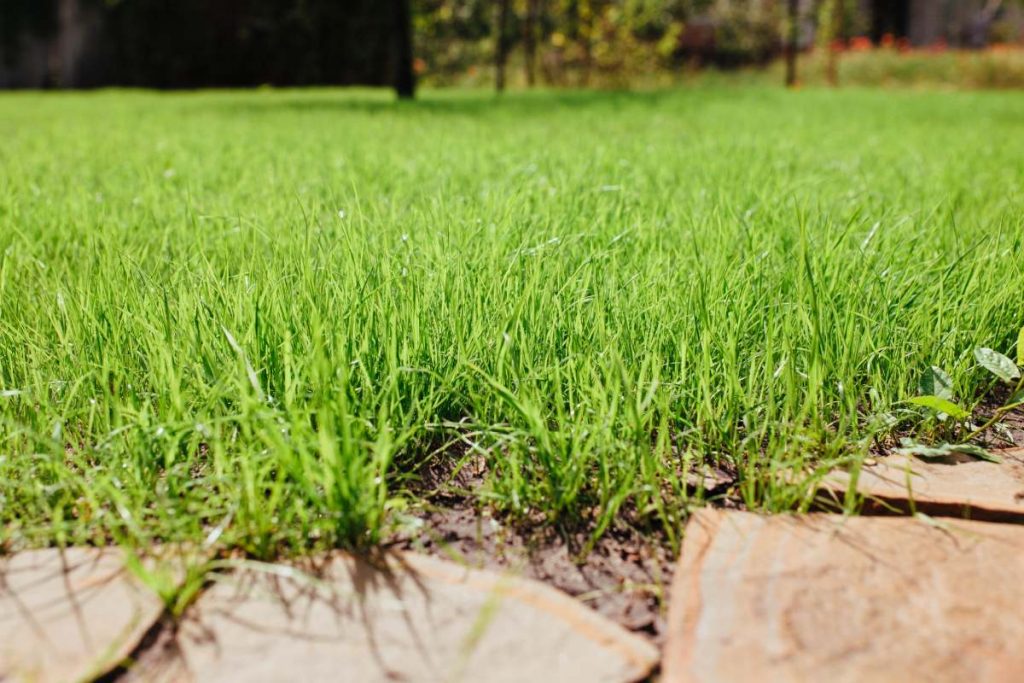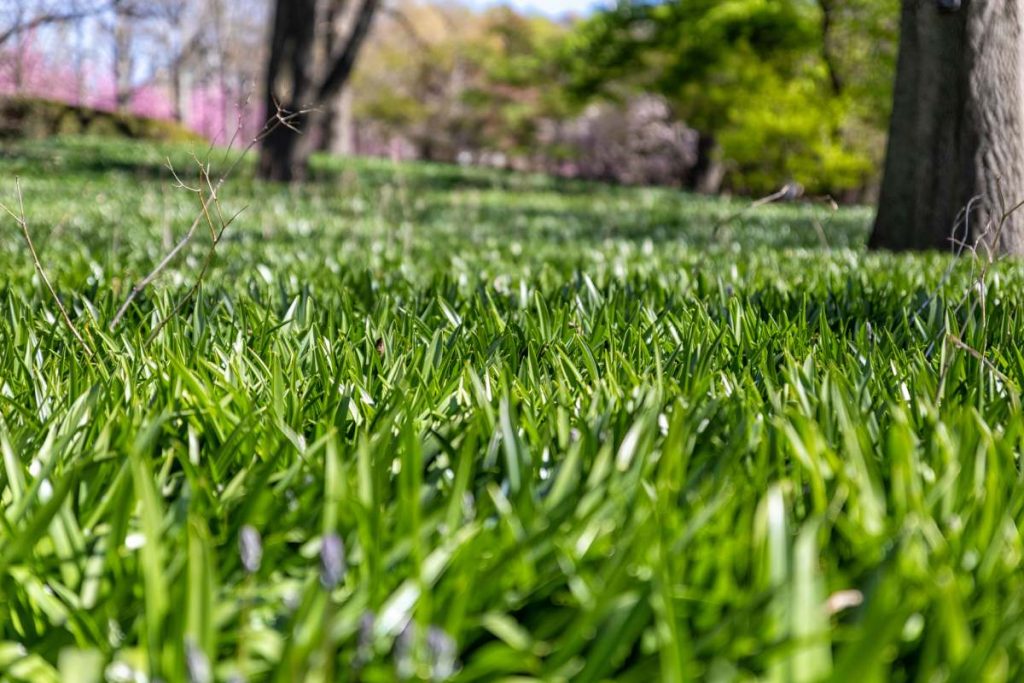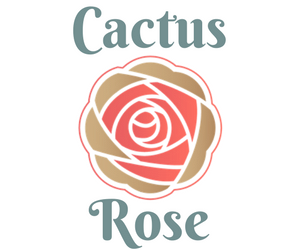When it comes to creating the perfect lawn, choosing the right type of grass is crucial. Among the many options available, buffalo grass stands out for its durability and low maintenance requirements. However, not all buffalo grasses are created equal. Two popular choices are standard buffalo grass and Sir Walter buffalo grass.
Understanding the differences between these two types of grass, as well as the pros and cons of Sir Walter, can help you make an informed decision for your lawn. In this article, we’ll explore what sets Sir Walter apart from standard buffalo grass and weigh its advantages and disadvantages to help you determine if it’s the best choice for your outdoor space.
You might also read:
What is the difference between standard buffalo grass and Sir Walter?
When it comes to choosing the right type of grass for your lawn, you might come across different varieties. Two popular options are standard buffalo grass and Sir Walter buffalo grass. While they may look similar, there are some important differences between them. Here’s a straightforward guide to help you understand what sets them apart.
1. Origins and Development
Standard Buffalo Grass: This is a general term for various types of buffalo grass that have been around for a long time. Standard buffalo grasses have been used for decades, and there are many different varieties available. These grasses have been developed to be hardy and to grow well in a range of conditions.
Sir Walter Buffalo Grass: Sir Walter is a specific brand of buffalo grass that was developed in Australia. It’s a newer variety that was specially bred to improve upon some of the common issues found in older buffalo grass types.
2. Appearance
Standard Buffalo Grass: Standard buffalo grass can have a bit more variation in appearance. It might have a coarser texture and may not be as dense as Sir Walter. The colour can range from medium to dark green, but the overall look might not be as uniform.
Sir Walter Buffalo Grass: Sir Walter is known for its lush, soft texture and rich green colour. It tends to be denser and more even in appearance. It has a fine leaf texture that gives your lawn a smooth and attractive look.

3. Growth and Maintenance
Standard Buffalo Grass: This type of grass is generally low maintenance, but it can be prone to certain problems. It might require more frequent mowing and can struggle in very hot or very cold conditions. Some standard buffalo grasses are also more susceptible to pests and diseases.
Sir Walter Buffalo Grass: Sir Walter is designed to be low maintenance. It has a strong resistance to pests and diseases and handles different weather conditions better. It grows more slowly than standard buffalo grass, which means you won’t need to mow it as often. It’s also better at recovering from wear and tear, making it a great choice for high-traffic areas.
4. Water and Sun Requirements
Standard Buffalo Grass: Standard buffalo grass varieties can generally handle a range of sunlight conditions but might need more water to stay healthy, especially during the hotter months.
Sir Walter Buffalo Grass: Sir Walter is quite water-efficient and thrives in both sunny and partly shaded areas. It can withstand dry conditions better than many standard buffalo grasses, which can help you save on your water bills.
5. Cost
Standard Buffalo Grass: Standard buffalo grass is often less expensive upfront compared to Sir Walter. However, you might end up spending more in the long run on maintenance and care.
Sir Walter Buffalo Grass: Sir Walter tends to be more expensive initially, but its low maintenance needs and durability can make it a cost-effective choice over time.
6. Durability
Standard Buffalo Grass: While standard buffalo grass is hardy, it might not be as tough as Sir Walter. It can be less resistant to extreme weather conditions and heavy use.
Sir Walter Buffalo Grass: Sir Walter is known for its durability. It can handle heavy foot traffic, drought conditions, and temperature extremes better than many standard buffalo grasses.
In summary, while standard buffalo grass and Sir Walter both offer good options for lawns, Sir Walter generally comes out on top in terms of appearance, durability, and low maintenance. If you’re looking for a lawn that’s easy to care for and looks great, Sir Walter might be the better choice, even if it costs a bit more initially. On the other hand, if you’re on a tight budget and don’t mind a bit more upkeep, standard buffalo grass could work well for you.
Is Sir Walter invasive?
Sir Walter buffalo grass is generally not considered invasive. Let’s break down what this means and why Sir Walter is typically a good choice for most lawns.
What Does “Invasive” Mean?
When we talk about a plant being invasive, we mean that it spreads rapidly and uncontrollably, often outcompeting other plants and disrupting local ecosystems. Invasive plants can be hard to manage and may cause problems for native species and the environment.

Is Sir Walter Buffalo Grass Invasive?
No, Sir Walter buffalo grass is not invasive. Here’s why:
1. Controlled Growth
Sir Walter buffalo grass is known for its controlled and manageable growth pattern. It spreads through underground rhizomes (roots) but doesn’t spread aggressively. Unlike some plants that can take over garden beds, Sir Walter grows in a well-behaved manner.
2. Non-Aggressive Spread
While Sir Walter does spread, it does so in a manner that is easy to manage. It forms a dense, thick lawn that stays where it’s planted, rather than spreading uncontrollably into garden beds or other areas.
3. Low Maintenance
Sir Walter is designed to be low maintenance, which means it requires less frequent mowing and care compared to more invasive species. This trait also means it doesn’t invade other areas of your garden.
How to Manage Sir Walter Buffalo Grass
Although Sir Walter is not invasive, there are still a few best practices to ensure it stays healthy and under control:
- Regular Mowing: Keep your lawn mowed to maintain its appearance and prevent it from becoming too dense or unruly.
- Proper Watering: Follow recommended watering practices. Over-watering can sometimes cause grass to spread into unwanted areas.
- Edge Maintenance: Use lawn edging to define the boundaries of your lawn and keep the grass from spreading into flower beds or other garden areas.
Comparison with Invasive Grasses
To give you a better perspective, here’s how Sir Walter buffalo grass compares to some common invasive grasses:
| Grass Type |
Invasive Traits |
Sir Walter Buffalo Grass |
| Kikuyu Grass |
Spreads aggressively through runners and seeds |
Grows in a controlled manner |
| Bermudagrass |
Can spread into garden beds and is difficult to manage |
Stays within lawn boundaries |
| Quackgrass |
Aggressively spreads through rhizomes and seeds |
Limited spread and manageable |

Does Sir Walter Buffalo Grass have any cons?
like any grass type, Sir Walter buffalo grass has its pros and cons. Here’s a detailed look at both the benefits and the potential drawbacks of Sir Walter buffalo grass to help you decide if it’s the right choice for your lawn.
Pros of Sir Walter Buffalo Grass
- Durable and Tough
- Foot Traffic: Sir Walter is known for its resilience under heavy foot traffic. It’s a great choice for areas where people walk a lot, such as lawns, playgrounds, and sports fields.
- Wear and Tear: It recovers well from damage, making it ideal for high-traffic areas.
- Low Maintenance
- Mowing: Sir Walter grows slowly, so you won’t have to mow it as often compared to other grasses.
- Watering: It’s drought-tolerant and requires less water, which can save you money on your water bills.
- Versatile Growing Conditions
- Sun and Shade: Sir Walter can thrive in both sunny and partly shaded areas. This versatility allows it to grow well in a range of environments.
- Weather Tolerance: It handles both heat and cold better than many other grass types, making it a good option for various climates.
- Pest and Disease Resistance
- Healthier Lawn: Sir Walter is resistant to many common pests and diseases, reducing the need for chemical treatments.
- Aesthetic Appeal
- Appearance: It has a lush, green colour and a soft texture that looks attractive and feels comfortable underfoot.
Cons of Sir Walter Buffalo Grass
- Initial Cost
- Higher Price: Sir Walter buffalo grass is often more expensive to purchase compared to other grass types. The initial cost can be a bit higher, but it can be worth it for the long-term benefits.
- Slow Establishment
- Time to Grow: It takes a bit longer to establish compared to some other grasses. During the first few months, you might need to give it extra care to help it settle in.
- Limited Color Variation
- Uniform Look: Sir Walter has a consistent green colour, which is nice for a uniform lawn but might not offer the variety that other grass types can provide.
- Not Ideal for Extremely Wet Conditions
- Drainage: While Sir Walter is drought-tolerant, it can struggle in areas with poor drainage or overly wet conditions. Good soil drainage is essential for its health.
- Potential for Thatch Build-Up
- Thatch Issues: Like many buffalo grasses, Sir Walter can develop thatch (a layer of organic matter on the soil surface). Thatch can cause problems if it gets too thick, so occasional dethatching may be needed.
- Not Great for Extreme Shade
- Shade Tolerance: While it does well in partial shade, Sir Walter may not perform as well in very deep or full shade. In such conditions, you might need to consider shade-tolerant alternatives.
Comparing Sir Walter Buffalo Grass with Other Types
Here’s a comparison chart showing how Sir Walter stacks up against some other common grass types:
| Grass Type |
Pros |
Cons |
| Sir Walter Buffalo Grass |
Durable, low maintenance, good for various conditions |
High initial cost, slow establishment, thatch build-up |
| Kikuyu Grass |
Fast-growing, very durable |
Aggressive spread, high maintenance |
| Bermudagrass |
Hardy, low cost, drought-resistant |
Requires frequent mowing, can become invasive |
| Fescue Grass |
Great for shade, soft texture |
High water requirements, needs regular maintenance |
Considering these factors will help you determine if Sir Walter buffalo grass is the right choice for your lawn. If you have specific needs or conditions, balancing these pros and cons will guide you toward the best decision.
Conclusion
Selecting the right grass for your lawn is about more than just aesthetics; it’s about finding a variety that suits your specific needs and conditions. Sir Walter buffalo grass offers numerous benefits, such as durability, low maintenance, and excellent resistance to pests and diseases. However, it’s also important to consider factors like initial cost and establishment time.
In summary, Sir Walter buffalo grass stands out for its resilience and minimal care requirements, making it a great choice for many homeowners. However, it’s not without its drawbacks, so be sure to weigh these factors based on your lawn’s specific conditions and your long-term goals. Whether you opt for Sir Walter or explore other grass types, knowing your options will help you create the perfect outdoor environment for you and your family.
